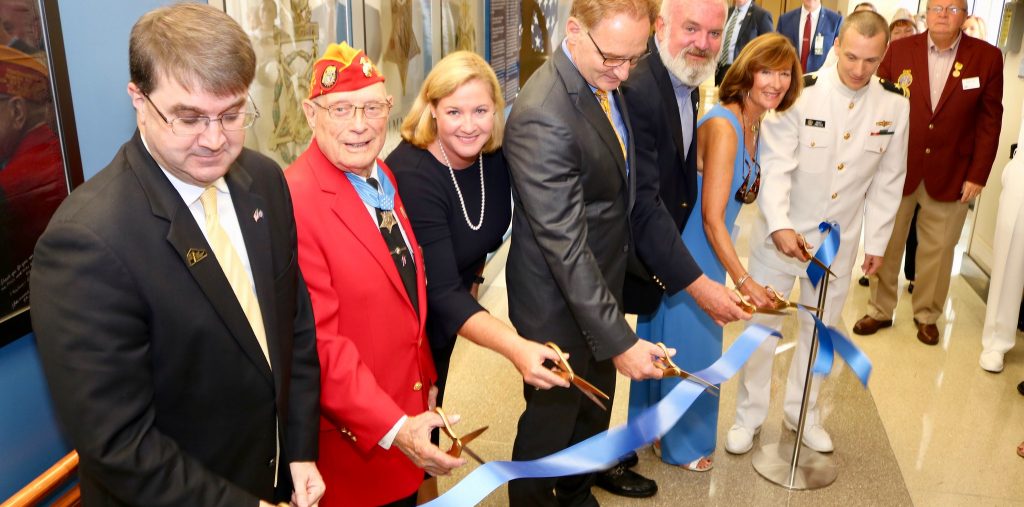If you had an unlimited budget and the ability to improve one area of your digital customer experience, what would you choose?
Panelists at GovLoop’s online training “Government to Citizen: Top Digital Customer Experience Trends for 2020” on Thursday answered this question in various ways. Their responses showed just how varied each agency’s next steps and priorities are for improving their digital customer experience (CX). And yet, amid the array of replies, the top three were the same three that the government and industry panelists chose: First was modernized websites, second was AI or virtual customer support and third was mobile apps.
Customer experience is the overall sum of interactions that a customer has with an organization on all channels over time. For a government agency, a customer could be a citizen or a partner agency that uses its services. Digital customer experience is then, as the name suggests, the sum of digital experiences that a customer has with an organization.
“When the majority of the public interacts with government, they’re filling out a certain form to get a specific service or to get an answer to something,” said Brian Whittaker, Acting Executive Director of the General Services Administration’s 18F, an organization that helps federal partners and state and local government buy and build digital services. Whittaker, as well 34% of poll respondents, chose modernized websites as the area they prioritized.

The key elements of a website involve filling out a form in some way, Whittaker said, whether to access a specific service or get an answer to a question. But outmoded, non-customer-centric websites make it difficult to access the information or service a customer’s needs quickly and easily.
“If I had an unlimited budget, I would ensure that all parts of government had a database where you enter information once and you don’t have to enter it again,” Whittaker said.
In 2018, the Veterans Affairs Department (VA) redesigned and relaunched VA.gov, the online portal for veterans to access services like education benefits, doctor’s appointments and more. Using human-centered design (HCD) — which puts the human user at the center of the service design — VA transformed its website and saw improved interaction. Veterans submitted 51% more online health applications and 59% more pension submissions than in the year before.
“Human-centered design is always going to be the starting point of any major discovery, design and implementation at the Veterans Experience Office,” said Barbara Morton, Deputy Chief of the Veterans Experience Office at VA.
Data management also plays a significant role in providing positive digital customer experience, particularly for large agencies with various branches and lots of data. The Agriculture Department (USDA), for example, consists of 29 subagencies that provide a variety of different services to customers. When 18F partnered with the agency to enhance its customer-facing digital products, the team found dead websites, dead links and phone numbers that were no longer operating.
“If organizations that are customer-focused could incorporate refreshing and revisiting clean-up processes within their processes, it would go a long way in getting people the information they need quickly,” Whittaker said. That way, he said, information is streamlined and customers don’t face dead ends in times of need.
The digital customer experience is only increasing in importance, especially as people often turn to digital outlets in times of crisis to find quick and accurate answers. Customer experience is a long-term game that should ensure reliable digital interactions for customers, whether in crises or normal times. Then, that that customer-centric digital experience “won’t be an exception to the rule, but part of how we do business in government,” Morton said.
This online training was brought to you by:

